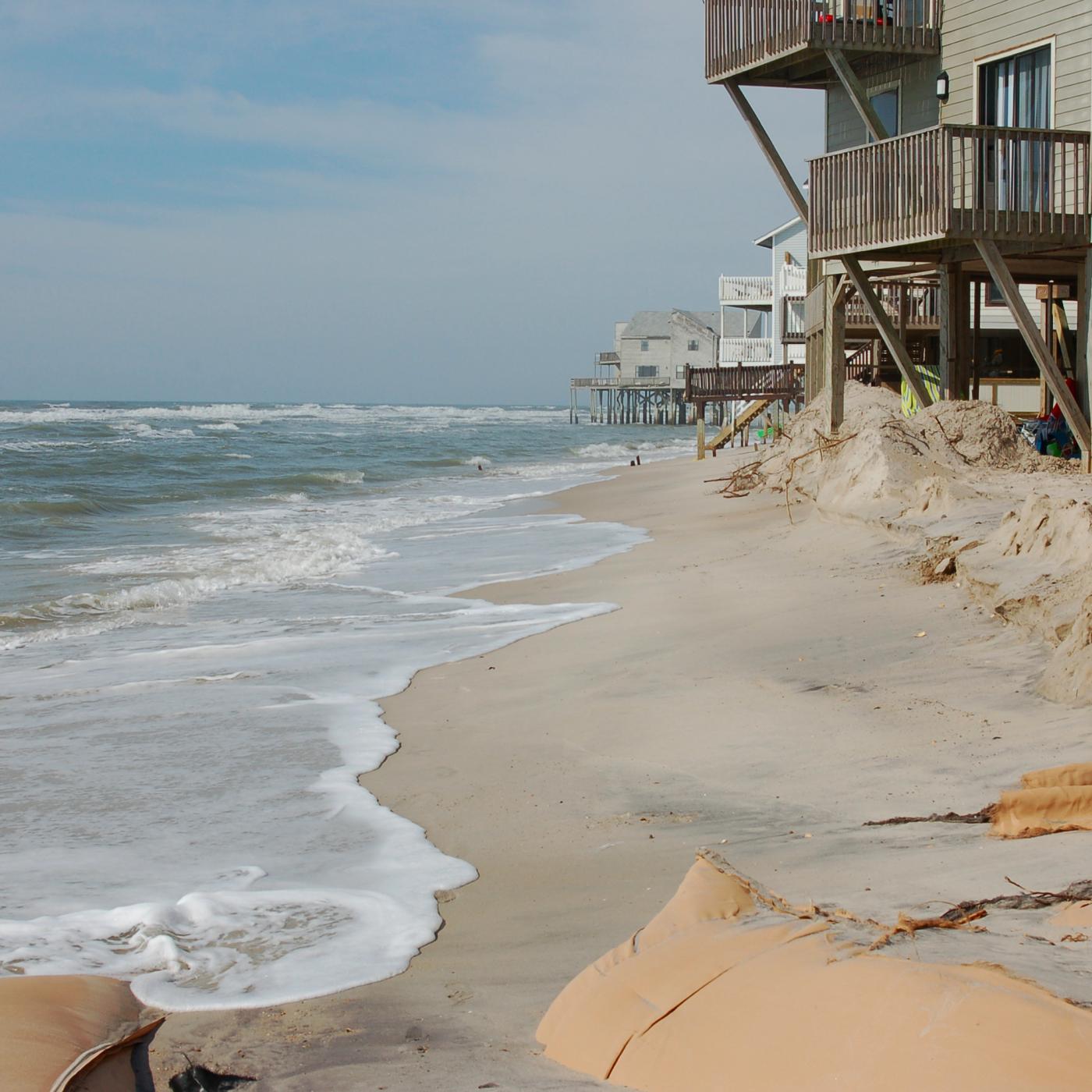
Filter News
Area of Research
- Advanced Manufacturing (13)
- Biology and Environment (26)
- Building Technologies (3)
- Clean Energy (77)
- Climate and Environmental Systems (1)
- Computational Engineering (2)
- Computer Science (10)
- Electricity and Smart Grid (1)
- Energy Sciences (1)
- Fusion and Fission (5)
- Fusion Energy (6)
- Materials (14)
- Materials for Computing (6)
- Mathematics (1)
- National Security (9)
- Neutron Science (1)
- Nuclear Science and Technology (5)
- Quantum information Science (3)
- Sensors and Controls (1)
- Supercomputing (20)
News Type
News Topics
- (-) 3-D Printing/Advanced Manufacturing (44)
- (-) Computer Science (53)
- (-) Fusion (16)
- (-) Grid (28)
- (-) Machine Learning (16)
- (-) Mercury (7)
- (-) Molten Salt (5)
- (-) Quantum Science (12)
- (-) Sustainable Energy (59)
- Advanced Reactors (15)
- Artificial Intelligence (18)
- Big Data (24)
- Bioenergy (33)
- Biology (40)
- Biomedical (21)
- Biotechnology (7)
- Buildings (28)
- Chemical Sciences (20)
- Clean Water (20)
- Climate Change (38)
- Composites (12)
- Coronavirus (17)
- Critical Materials (14)
- Cybersecurity (9)
- Decarbonization (24)
- Energy Storage (45)
- Environment (81)
- Exascale Computing (4)
- Fossil Energy (1)
- Frontier (4)
- High-Performance Computing (20)
- Hydropower (8)
- Irradiation (2)
- Isotopes (16)
- ITER (4)
- Materials (42)
- Materials Science (46)
- Mathematics (6)
- Microscopy (20)
- Nanotechnology (18)
- National Security (19)
- Net Zero (4)
- Neutron Science (35)
- Nuclear Energy (34)
- Partnerships (1)
- Physics (20)
- Polymers (14)
- Quantum Computing (5)
- Security (7)
- Simulation (11)
- Space Exploration (10)
- Statistics (1)
- Summit (8)
- Transportation (47)
Media Contacts

Debjani Singh, a senior scientist at ORNL, leads the HydroSource project, which enhances hydropower research by making water data more accessible and useful. With a background in water resources, data science, and earth science, Singh applies innovative tools like AI to advance research. Her career, shaped by her early exposure to science in India, focuses on bridging research with practical applications.

Brittany Rodriguez never imagined she would pursue a science career at a Department of Energy national laboratory. However, after some encouraging words from her mother, input from key mentors at the University of Texas Rio Grande Valley, or UTRGV, and a lot of hard work, Rodriguez landed at DOE’s Manufacturing Demonstration Facility, or MDF, at Oak Ridge National Laboratory.

Researchers at Oak Ridge National Laboratory have opened a new virtual library where visitors can check out waveforms instead of books. So far, more than 350 users worldwide have utilized the library, which provides vital understanding of an increasingly complex grid.

Oak Ridge National Laboratory scientists have developed a method leveraging artificial intelligence to accelerate the identification of environmentally friendly solvents for industrial carbon capture, biomass processing, rechargeable batteries and other applications.

Oak Ridge National Laboratory scientists ingeniously created a sustainable, soft material by combining rubber with woody reinforcements and incorporating “smart” linkages between the components that unlock on demand.

John Lagergren, a staff scientist in Oak Ridge National Laboratory’s Plant Systems Biology group, is using his expertise in applied math and machine learning to develop neural networks to quickly analyze the vast amounts of data on plant traits amassed at ORNL’s Advanced Plant Phenotyping Laboratory.

ORNL scientists develop a sample holder that tumbles powdered photochemical materials within a neutron beamline — exposing more of the material to light for increased photo-activation and better photochemistry data capture.

ORNL researchers used electron-beam additive manufacturing to 3D-print the first complex, defect-free tungsten parts with complex geometries.

Howard Wilson explores how to accelerate the delivery of fusion energy as Fusion Pilot Plant R&D lead at ORNL. Wilson envisions a fusion hub with ORNL at the center, bringing together the lab's unique expertise and capabilities with domestic and international partnerships to realize the potential of fusion energy.

Groundwater withdrawals are expected to peak in about one-third of the world’s basins by 2050, potentially triggering significant trade and agriculture shifts, a new analysis finds.


